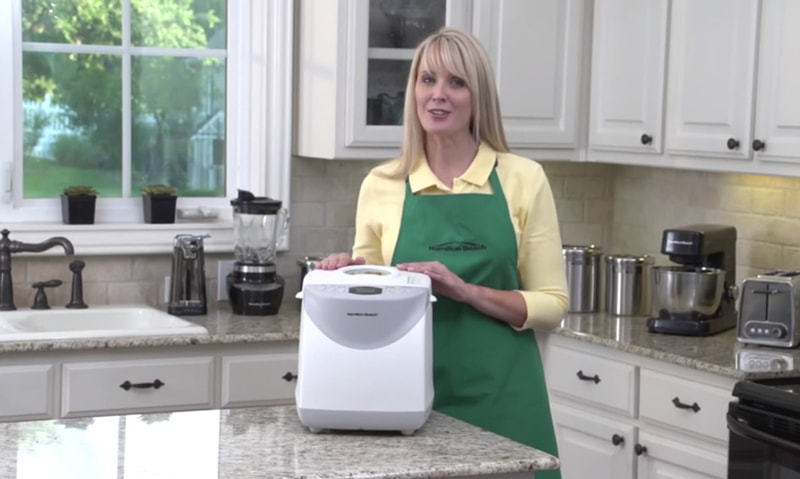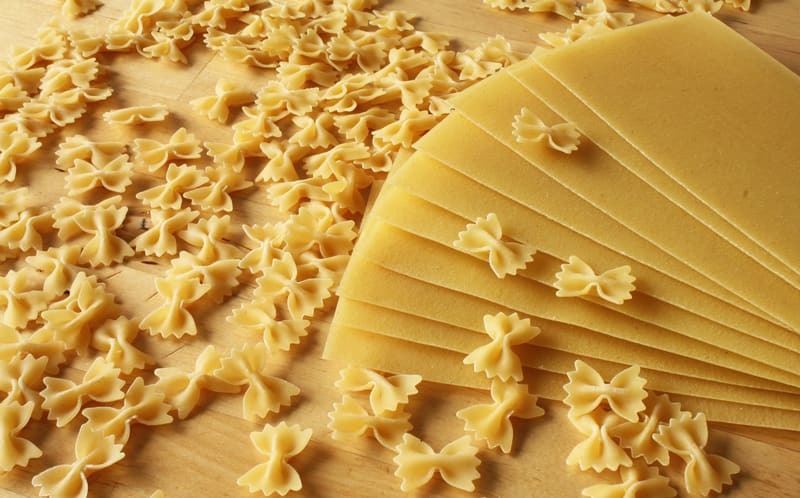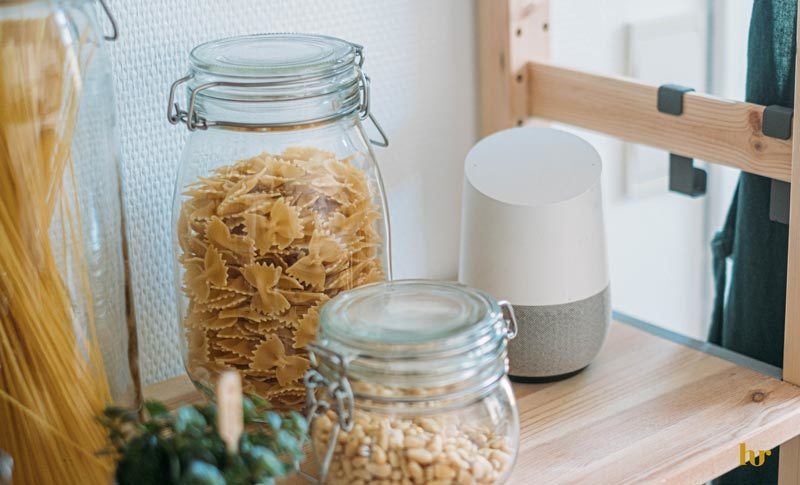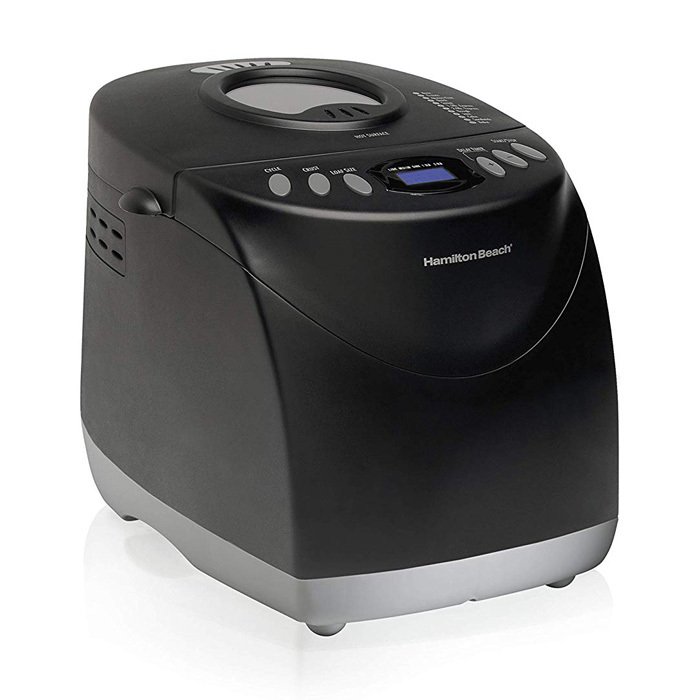
Making your own fresh pasta at home is daunting, especially for newbies. It’s a long process but trust us when we say it’s well worth it. Fresh pasta beats any dry pasta you’ll find at your local grocery store.
Did you know that you don’t need a pasta machine to make the perfect pasta dough? In fact, you can use most modern bread machines to mix and knead your pasta dough perfectly.
We wanted to share our favorite pasta dough recipe and how to make it with your bread machine. Not only that, but we have some great tips for making the best fresh pasta you’ve ever eaten.
Tips for Making Pasta Dough
Before you start making your pasta, we have a few tips for making it the best pasta dough and pasta you’ve ever had!

Our Favorite Pasta Dough Recipe
OUR RATING
This is our favorite pasta dough recipe for creating any type of fresh pasta. The olive oil gives the pasta a richer taste but it is optional.
- 1First, add the olive oil, water, and eggs to your bread machine. In most machines, ingredients mix better if you put the liquids in first.
- 2Next, pour in both types of flour.
- 3Select the “Dough” setting on your bread machine. If you have an advanced machine, you might even have a “Pasta Dough” setting.
- 4Keep an eye on the dough while it mixes and kneads. Humidity and different temperatures can affect consistency. If it’s too dry, add water a tablespoon at a time. If your dough is too wet and sticky, add flour a dash at a time. You want a smooth ball of dough to work with.
- 5Use a spatula every now and then to scrape the sides of the bread pan to ensure that all ingredients are mixed and kneaded in the bread machine.
- 6After about 20 minutes, the pasta dough should be finished. Double-check to make sure it’s perfect. To do this, push down on the dough with your finger. The dough should bounce back. If it keeps the indentation from your finger, put it back into the bread machine to knead for a few more minutes.
- 7Once your pasta dough is finished, remove it from the machine. Wrap the dough in plastic wrap and let it sit for 20 to 30 minutes. This allows the gluten protein to relax and become more elastic so it’ll be easier to work with later.
- 8Remove the pasta dough from the plastic wrap and get ready to shape some yummy pasta. Covering your work area with flour so the dough doesn’t stick. Try covering your hands and fingers with flour, too.
- 9Take a dough cutter (or a pizza cutter or knife) and divide the pasta dough into four sections. While you’re working with one, keep the others wrapped in plastic so they stay fresh.
- 10Now you can manipulate the pasta dough into any type of pasta you want. You’ll find trial and error is the best way to figure out the thickness and shape of your pasta. A roller will help you along the way. Keep your pasta in small piles so they don’t all stick together.
- 11Once you have your pasta shaped, lay them out so they’re not touching to let them dry out.
- 12When your pasta is dry, it’s time to either cook it or refrigerate it for a later meal. That said, you should only store it in the fridge for half a day. To save it for longer, it’s best to put it in the freezer.

We do have a gluten-free recipe option for anyone who has a gluten-free diet:
We also have a vegan option for any vegans out there:
Final Thoughts
Making pasta doesn’t have to be as hard as it seems. In fact, the hardest part of making pasta is kneading the pasta dough for 10 minutes. This is why having a bread machine will make your life easier so you can enjoy fresh pasta for dinner whenever you want.


